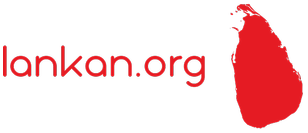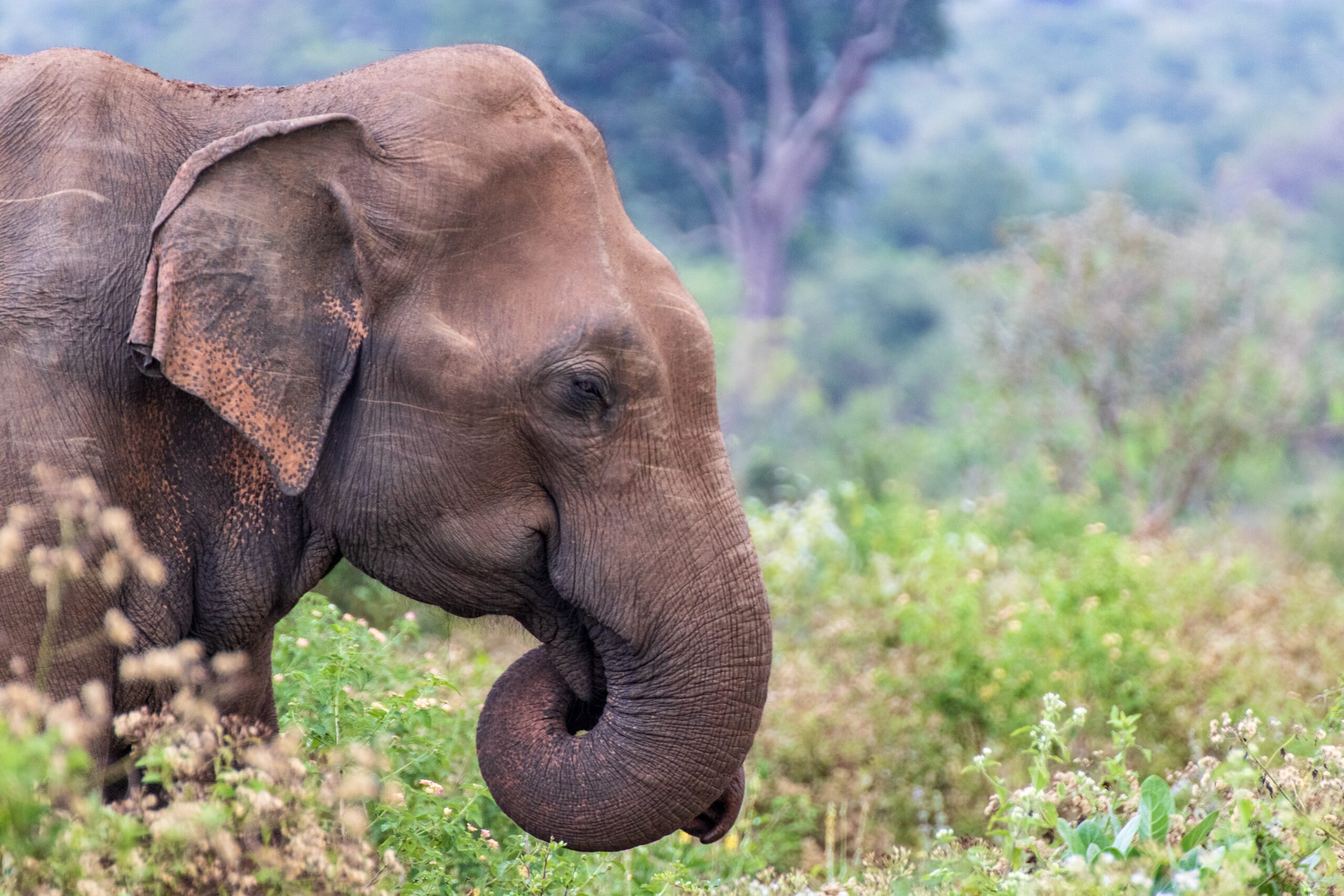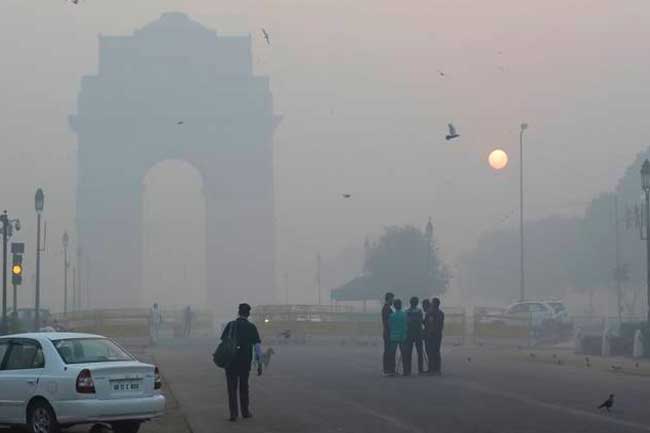COLOMBO, Sri Lanka – As October 2025 draws to a close, Sri Lanka’s tourism sector is celebrating a significant surge in international arrivals, reinforcing its position as a burgeoning global travel destination. The latest figures released by the Sri Lanka Tourism Development Authority (SLTDA) indicate a robust year-on-year growth, signaling renewed confidence and strategic momentum within the industry.
In the first 26 days of October 2025, Sri Lanka welcomed an impressive 137,876 tourists, marking a substantial 21.8 percent increase compared to the corresponding period in 2024. This positive performance has elevated the cumulative tourist arrivals for the year to date, reaching 1,863,370 by October 26, 2025, reflecting a 16.6 percent expansion over the previous year.
India Leads the Charge, Diverse Markets Contribute to Growth
India continues to be the primary driver of this growth, with Indian nationals accounting for the largest share of visitors in October. In the first 26 days of the month, 41,095 tourists arrived from India, representing nearly 29.8 percent of all arrivals. This dominance extends to the year-to-date figures, with India contributing 416,387 arrivals, solidifying its role as Sri Lanka’s leading source market.
Beyond India, other key international markets are also making significant contributions. For October, the United Kingdom, China, the Russian Federation, and Germany emerged as prominent contributors, welcoming 11,033, 9,599, 8,507, and 7,956 tourists respectively. Cumulatively for 2025, the top five source countries are rounded out by the United Kingdom (172,926), Russian Federation (130,651), and Germany (114,944).
Ambitious Targets and the Road Ahead
Despite this commendable growth, the Sri Lanka Tourism Development Authority (SLTDA) acknowledges the challenges in meeting its ambitious full-year targets for 2025. The SLTDA’s projections include a ‘Lower Scenario’ of 2.415 million arrivals, a ‘Conservative Scenario’ of 2.676 million, and an ‘Optimistic Scenario’ of 3.0 million visitors. With the current year-to-date total at 1.86 million, a significant surge in arrivals during November and December will be crucial to reach even the lower end of these goals. This urgency is also reflected in the revenue targets; tourism earnings reached over $2.03 billion from January to August 2025, a 7.8% year-on-year increase, but the sector needs to generate over $2.9 billion in the final four months to achieve its $5 billion annual target.
Strategic Initiatives Fueling Momentum
Several strategic initiatives are contributing to the sustained momentum in Sri Lanka’s tourism sector. Enhanced air connectivity is playing a pivotal role, with new airlines and expanded flight routes boosting accessibility. Kuwait Airways is set to resume operations, while Belavia Airlines, Red Wings Airlines, Edelweiss/SWISS International Air Lines, and Enter Air are either launching or expanding their services to Sri Lanka, particularly to Bandaranaike International Airport (BIA) and Hambantota International Airport. The Airport and Aviation Services (Sri Lanka) (Private) Limited (AASL) is also introducing 12 additional check-in counters as a short-term measure for the winter season, operational from November 1, 2025, to accommodate increased demand.
Furthermore, strategic visa reforms and dynamic destination marketing campaigns are enhancing Sri Lanka’s appeal. The country actively participated in prestigious international luxury travel events such as Luxperience 2025 in Sydney from October 7-10, showcasing its vibrant offerings and strengthening partnerships with global travel operators. These efforts align with the broader goal of positioning Sri Lanka as a world-class luxury destination.
International Support and Future Development
The global community is also recognizing and supporting Sri Lanka’s tourism recovery. The Asian Development Bank (ADB) recently approved a $100 million loan to bolster the sector, with a specific focus on developing the Dambulla and Trincomalee areas. This funding package will support crucial policy reforms and targeted infrastructure investments, aligning with the country’s National Tourism Policy. A World Bank report released this month (October) commended Sri Lanka’s stronger-than-expected growth in tourism and remittances, further underlining the sector’s positive trajectory.
Adding to the positive sentiment, Lonely Planet recently named Jaffna among its ‘Best Cities to Visit in 2026’, a recognition that is expected to further boost the island’s appeal and diversify its tourism offerings.
Addressing Challenges: Infrastructure and Sustainability
While the growth figures are encouraging, industry stakeholders are keenly aware of the need for continuous improvement. The All-Island Association of Small and Medium Tourism Entrepreneurs has highlighted the importance of a clear and urgent plan to enhance tourism infrastructure to support the rising influx of visitors and ensure a high-quality experience. Addressing these infrastructural gaps and promoting sustainable tourism practices will be crucial for long-term growth and the realization of Sri Lanka’s ambitious targets.
Outlook for Peak Season
With the peak tourism season commencing in November and extending through February, the industry remains optimistic. The combination of increased air connectivity, strategic marketing, international investments, and positive global recognition sets a promising stage for Sri Lanka to capitalize on the upcoming months. The sustained growth in October serves as a strong indicator that the nation is well on its way to cementing its status as a premier travel destination, contributing significantly to its economic revival.

















